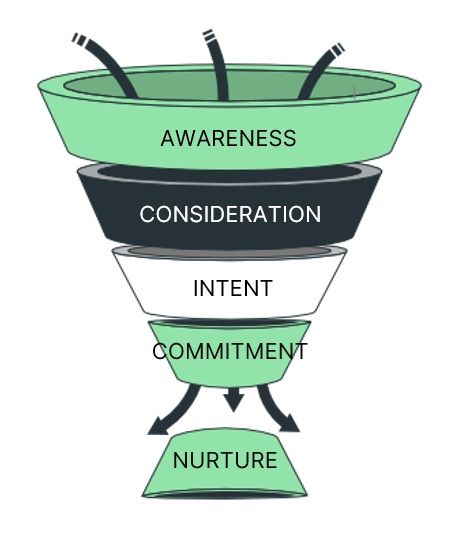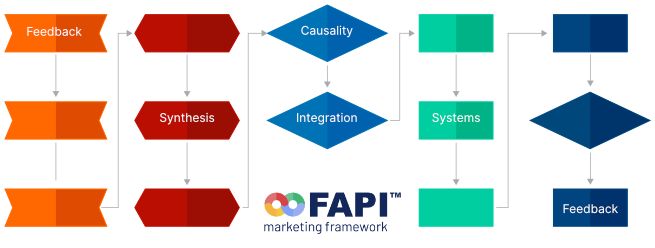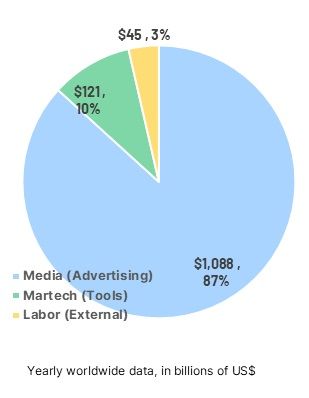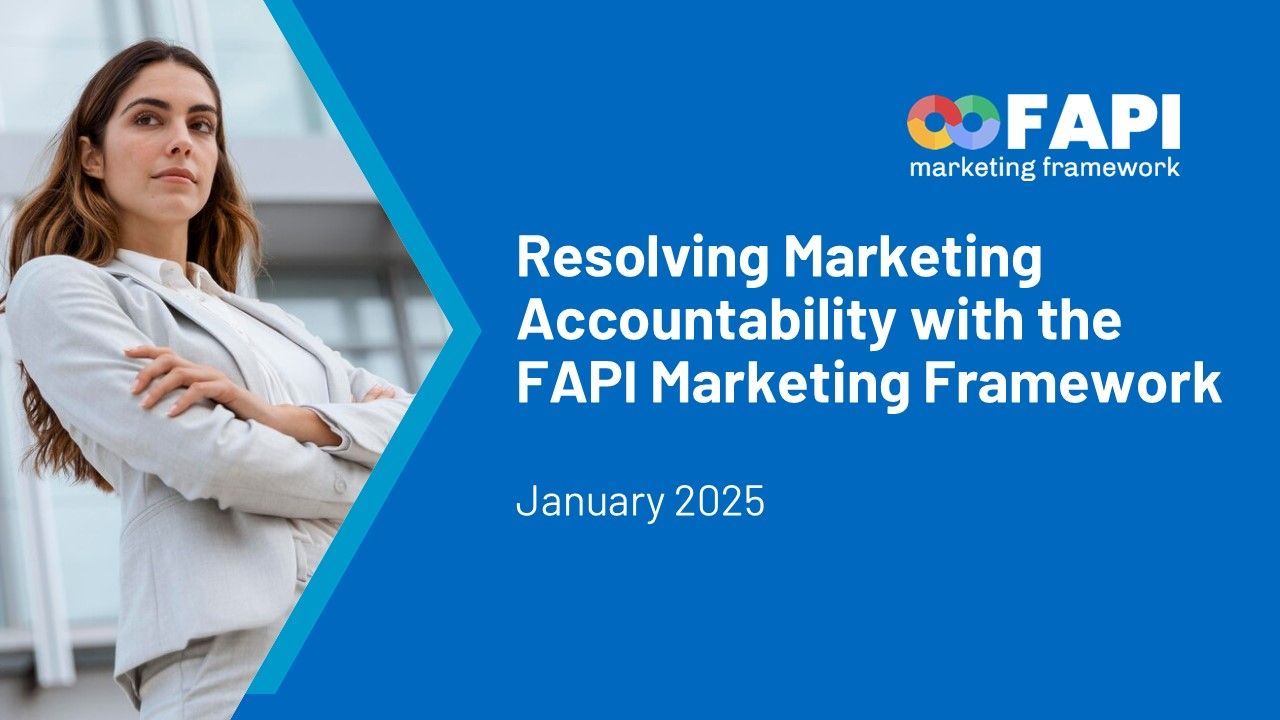The Crucial Role of Learning and Development in Empowering Modern Marketers
In today’s fast-paced business world, Learning and Development (L&D) and professional learning have become essential for marketing professionals. As markets evolve and new technologies emerge, marketers must constantly adapt and expand their skills to stay competitive.
Effective L&D marketing programs equip marketers with the latest tools, techniques, and foundational knowledge needed to innovate and run high-performing marketing functions. Furthermore, continuous professional learning fosters a culture of growth and adaptation, enhancing the overall productivity and creativity of marketing departments and ultimately contributing to the organization’s success.
The FAPI Marketing Framework™: An Organizational Marketing Management Framework
The FAPI Marketing Framework™ is an organizational marketing management framework that emphasizes the key factors determining the operational success of a marketing function. This framework offers several benefits for marketing managers and organizations looking to enhance their marketing efforts.
Here are some key advantages of deploying the FAPI Marketing Framework™:
- Strategic Alignment: A successful marketing function aligns its goals and strategies closely with the overall business objectives. The FAPI framework focuses on understanding the company’s mission, vision, and target market to develop marketing strategies that drive growth and profitability.
- Efficiency, Resource Optimization, and Waste Reduction: The FAPI Marketing Framework™ helps streamline processes and optimize marketing resources, leading to more efficient marketing structures. By aligning activities with company objectives and optimizing processes, marketing waste is minimized, contributing to a healthier bottom line.
- Encouraging Innovation: The framework fosters creativity and experimentation, supporting the development of new and adaptable marketing strategies that can effectively respond to the ever-changing market dynamics.
- Cross-functional Collaboration: Effective marketing relies on collaboration with other departments such as sales, product development, and customer service. The FAPI framework encourages breaking down silos and fostering a collaborative environment to ensure all teams work towards shared goals.
- Open and Transparent Communication: Within the marketing team and with other departments is essential for alignment and efficient execution. All stakeholders in the management team are actively involved in marketing efforts, providing strategic direction, allocating resources, and advocating for marketing initiatives.
- End-to-end Cohesive View of Marketing: The framework provides the company with a comprehensive structure that covers all aspects of marketing planning, execution, and analysis. This ensures control over the entire marketing process, guaranteeing a unified voice and message, which builds trust and recognition with internal and external stakeholders. It streamlines decision-making, aligns individual actions with marketing goals, and drives efficiency by eliminating redundancy and wasted effort. The tactical marketing plan meticulously translates the overarching goals and objectives outlined in the strategic framework into specific, actionable steps.
- Data-Driven Decision-Making: In the digital age, data is crucial. The FAPI Marketing Framework™ equips organizations with tools to accurately measure campaign outcomes, enabling optimization based on insights from past endeavors. Decisions should be based on data and insights, not just intuition. The framework promotes the use of data analytics and customer feedback to optimize marketing campaigns and measure their impact.
- Clarity of Objectives and Purpose: The FAPI Marketing Framework™ ensures clear and measurable strategic communication, promoting the establishment of Key Performance Indicators (KPIs) to track progress and assess the effectiveness of marketing efforts at all stages of the marketing process. Strategic objectives are clearly communicated in detail across the organization, including to the marketing team.
- Structured Approach: The framework provides a structured process for planning, executing, and evaluating marketing activities. It emphasizes defining roles and responsibilities within the marketing team and establishing clear workflows.
- Adaptability: The marketing landscape is constantly changing. The FAPI framework fosters a culture of continual improvement and adaptation to stay ahead of trends and meet the evolving needs of the market and customers.
By strategically addressing the key elements through the FAPI Marketing Framework™, businesses can build robust marketing organizational structures and systems for developing and implementing effective marketing strategies that align with overarching business objectives.
Join the FAPI Marketing Framework™ Academy to learn more about marketing team resource planning and team building.






2025 Chasefive Management and FAPI Marketing Framework™© Copyrighted material permission should be obtained prior to any reproduction. All other registered trademarks herein are the property of their respective owners.


